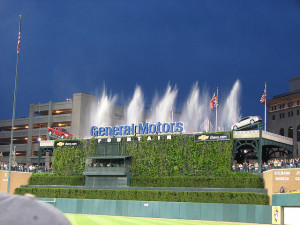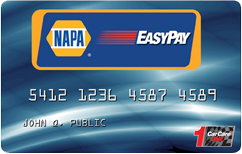Once a bane for those in the auto manufacturing industry, recalls have now become the norm rather than the exception. 2015 had more than 141 recalls for 34+ million vehicles in the U.S., according to the National Highway Traffic Safety Administration (NHTSA). To give some perspective, these figures show about a quarter of the registered vehicles on the road were recalled for one reason or another. That’s a large percentage of vehicles having to be taken in for repairs or even parts replacement.
Better Technology & Awareness Spur Recalls & Repairs

Photo courtesy of Flickr
Since 2004, GM has issued more recalls that any other manufacturer out there!
So what’s behind the rise in recalls and auto repair and replacements? According to Fortune.com, experts say it is a combination of many things from lawsuits and better detection technology to greater consumer awareness and demand of transparency. Vehicles aren’t necessarily more unsafe than they were years ago, but now we can detect the problems more readily and various consumer groups are demanding greater accountability. Auto manufacturers, from General Motors to Ford and from Toyota to Mazda, are handling recalls in in the public eye. Rather than covering up the issues, they are quickly notifying vehicle owners to tell them of the problem so the proper repairs can be done right away.
Safety Groups Gain More Clout Regarding Recalls
In addition, the NHTSA and other safety groups have started demanding more from auto makers. Higher safety standards are forcing car companies to take action on recalls. These safety groups have more power than they once did and are enforcing safety rules rather than just giving them lip service. Failure to notify consumers of recalls and needed auto repairs now leads to hefty fines from the transportation department’s inspector general.
How the Recall and Auto Repair Process Works
Vehicle owners are generally notified of a recalls in the mail via a formal letter. The repairs, which should be taken care of as soon as possible, are usually covered for no cost at the local dealership or auto repair shop(s) selected to perform the job. This is because the car repair is the fault of the manufacturer’s engineering and is not a part of routine maintenance or service.
For more information about recall rates, take a look at this Forbes article from 2014 with the highest & lowest recall rates.






